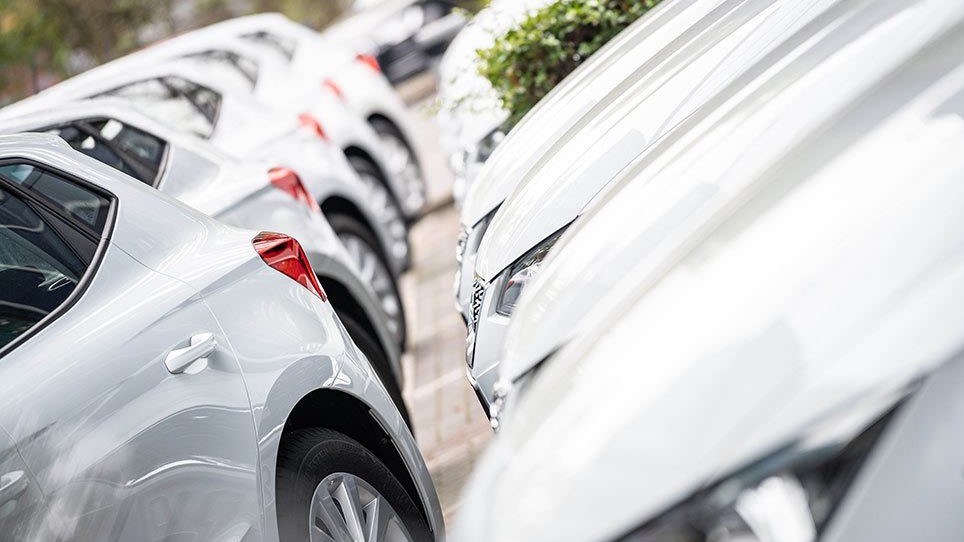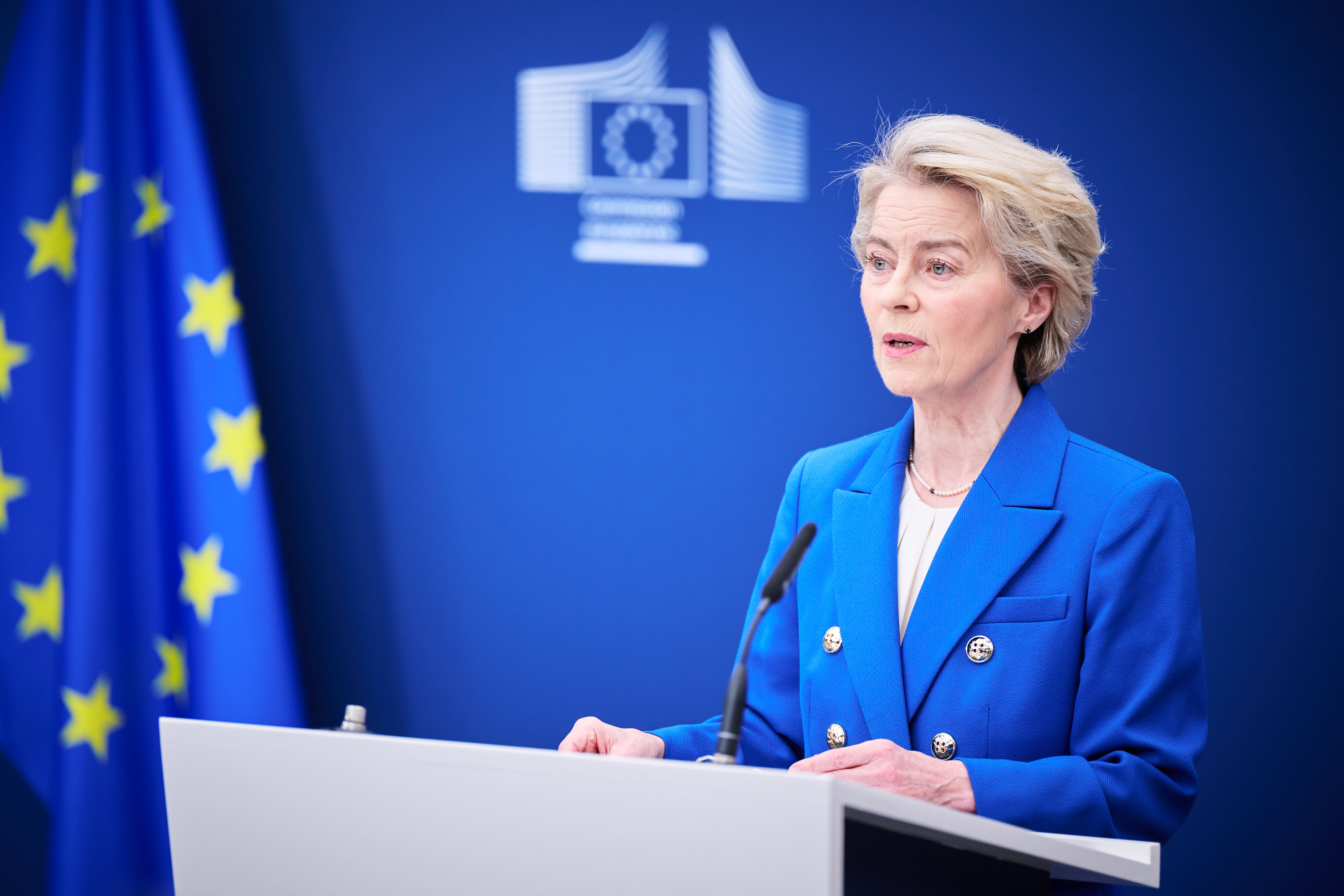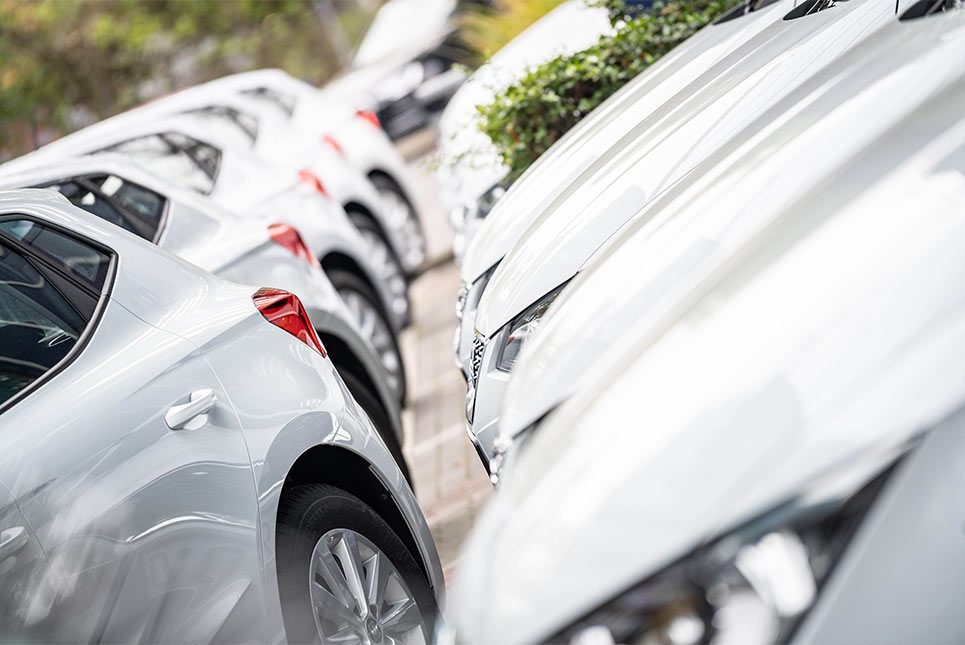In January, 246,300 new passenger cars were registered in Germany, according to the German Federal Motor Transport Authority. This is 7 percent less than in the same month last year. This meant that the German passenger car market was in line with expectations at the start of the year. The international manufacturers achieved a market share of almost 38 percent.
Reinhard Zirpel, President of VDIK, said: “After the historic record year 2019, the new year begins as we expected – with a normalization. Despite the decline, the first month of 2020 is still well above the average January volume of the past ten years.”
In January, almost 33 percent of all new cars were delivered with diesel engines. 51.5 percent were gasoline. As a result, both the share of diesel (previous year’s month 34.5%) gasoline (57.6%). percent of newly registered vehicles had alternative drives. These include battery electric cars, hybrids, plug-in hybrids, fuel cell vehicles and gas-powered cars. As a result, the alternative drives are already above last year’s level of 8.8 percent in January. Zirpel: “Especially in the case of electric vehicles, the long overdue increase in the environmental bonus would certainly have made even more possible.”
New private registrations fell to just under 78,000 units in January. Its share of the overall market fell slightly to just under 32 percent. The import brands had a private market share of 48 percent.
For the full year 2020, the Association of International Motor Manufacturers (VDIK) still expects a new registration volume of 3.35 million passenger cars, or minus 7 percent compared to the previous year.





